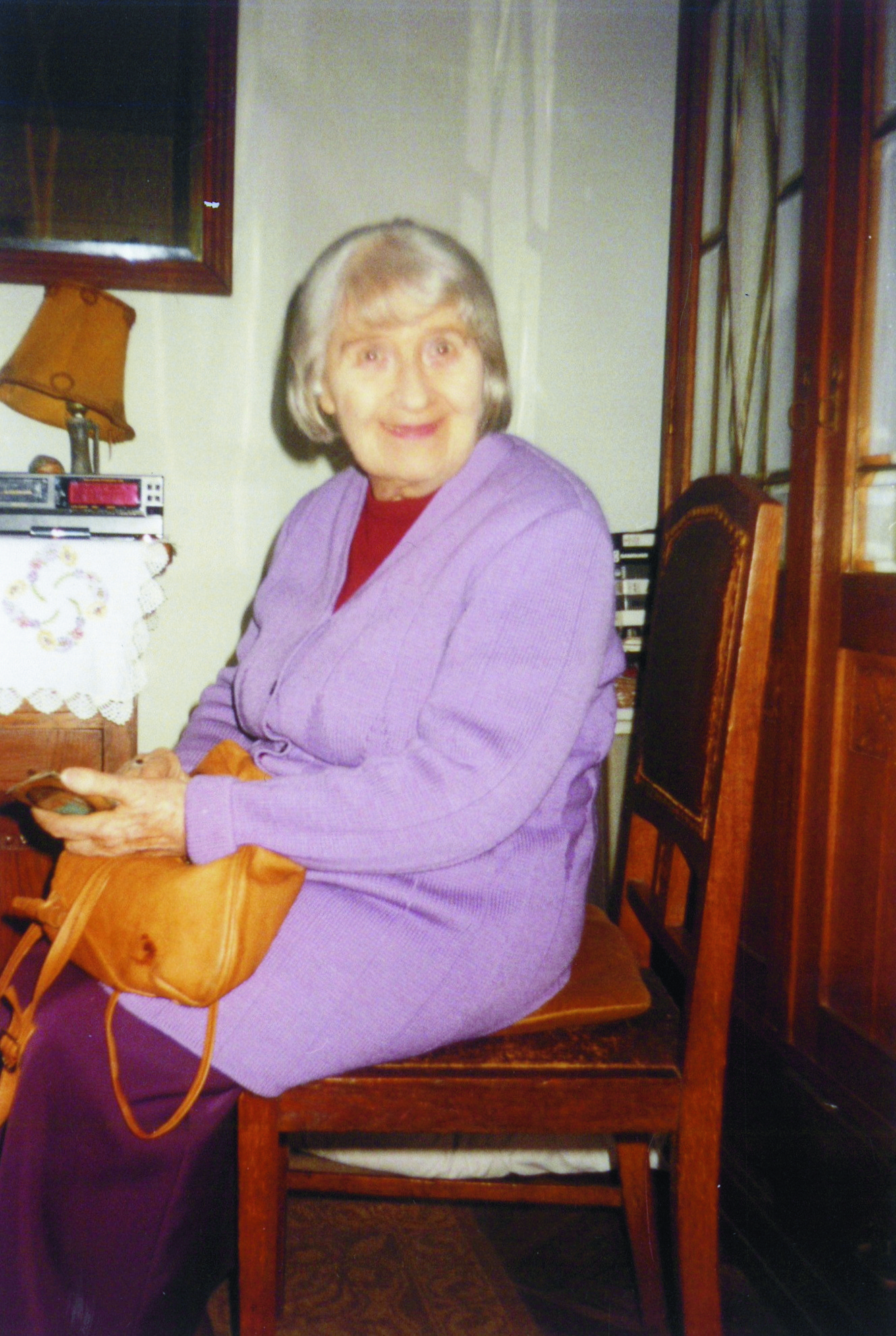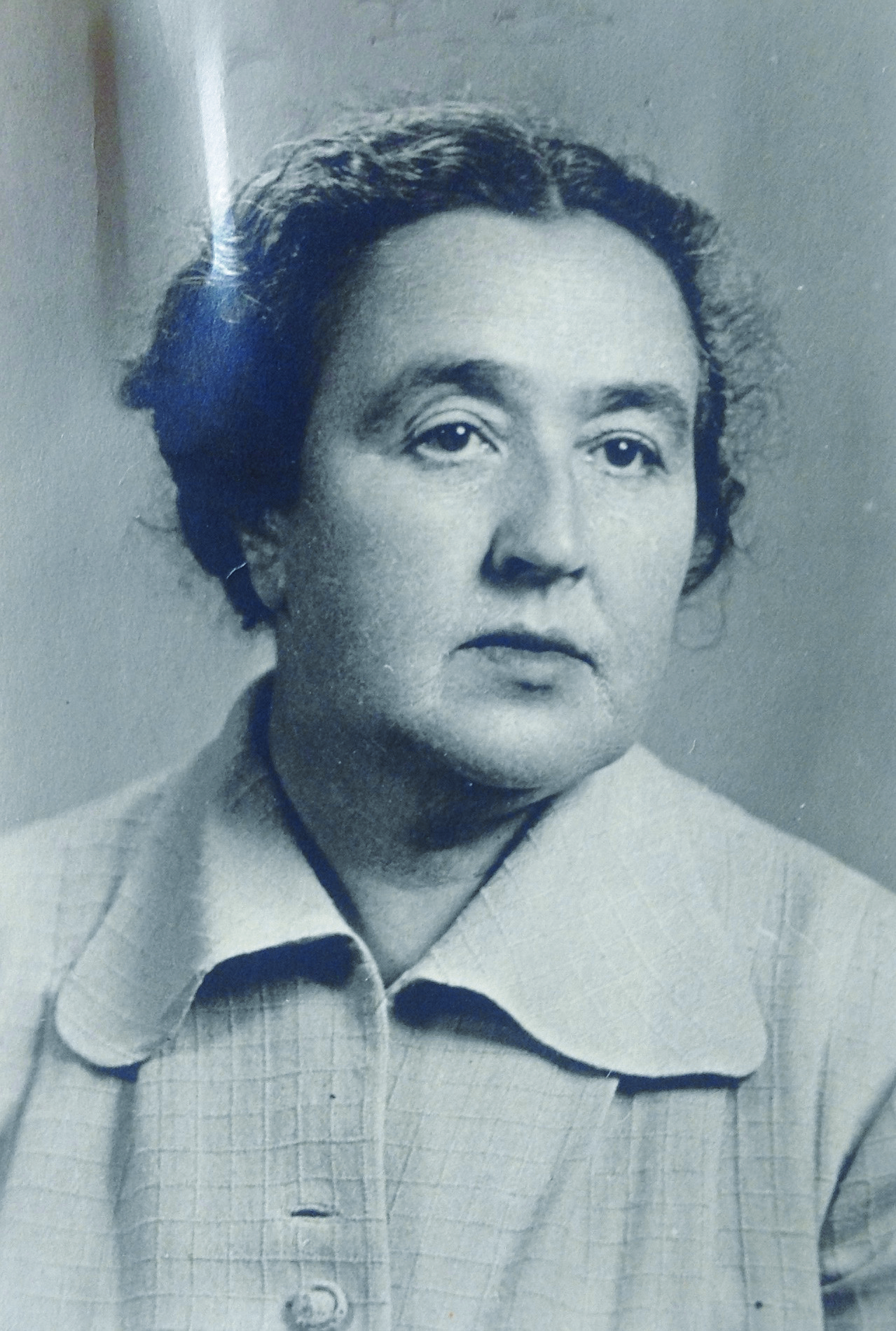Title of the work
Country of the First Edition
Country/countries of popularity
Original Language
First Edition Date
First Edition Details
Wanda Markowska and Anna Milska, "Król Midas. Legenda grecka”, Świerszczyk 27 (1985): 12–13.
ISBN
Genre
Adaptation of classical texts*
Adaptations
Myths
Target Audience
Children (the magazine is aimed at 5-9 years old)
Cover

Courtesy of the publisher.
Author of the Entry:
Summary: Marta Adamska, University of Warsaw, m.adamska91@student.uw.edu.pl
Summary: Dorota Bazylczyk, University of Warsaw, dorota@bazylczyk.com
Analysis: Marta Pszczolińska, University of Warsaw, m.pszczolinska@al.uw.edu.pl
Peer-reviewer of the Entry:
Katarzyna Marciniak, University of Warsaw, kamar@al.uw.edu.pl
Elżbieta Olechowska, University of Warsaw, elzbieta.olechowska@gmail.com

Photograph courtesy of Teresa Bychawska, the Author’s Niece.
Wanda Markowska
, 1912 - 1999
(Author)
A writer, translator of German, French, and Russian literature. Author of books for children and adults: Efeb z Eleuzyny. Opowiadania greckie [Ephebe from Eleusis. The Greek Stories], 1965; Mity Greków i Rzymian [Myths of the Greeks and Romans], 1968. Together with Anna Milska, she published numerous collections of fairy tales from different cultures, Baśnie z całego świata [Fairytales from Around the World], 1946; Baśnie narodów Związku Radzieckiego [Fairytales of Soviet Nations], 1950; Księga Papugi. Baśnie perskie [Parrot’s Book. Persian Fairytales], 1951; Baśnie z dalekich wysp i lądów [Fairytales from Distant Isles and Lands], 1962, etc. She graduated in Classical and Polish philology at the University of Warsaw. During the first years of WW2 she worked at Ossolineum in Lvov (a famous library, museum and publishing house). In 1941 she moved to Warsaw and worked as a teacher. After the war she moved to Łódź and worked in a library and as editor at the publishing house Wydawnictwo Książka. In 1945 she debuted as a journalist. Two years later she went to Paris, where she studied at the Sorbonne. In 1949 she returned to Warsaw, where she worked as an editor at Państwowy Instytut Wydawniczy [State Publishing Institute]. She collaborated also with the Polish Radio.
Sources:
"Markowska Wanda", in Lesław M. Bartelski, Polscy pisarze współcześni, 1939–1991. Leksykon, Warszawa: Wydawnictwo Naukowe PWN, 1995, 257–258.
"Markowska Wanda", in Jadwiga Czachowska and Alicja Szałagan, eds., Współcześni polscy pisarze i badacze literatury. Słownik biobibliograficzny, vol. 5: L–M, Warszawa: Wydawnictwa Szkolne i Pedagogiczne, 1997, 315–317.
Wanda Markowska, iskry.com.pl (accessed: December 28, 2020).
Wanda Markowska, naukowy.pl (accessed: December 28, 2020).
Bio prepared by Weronika Głowacka, University of Warsaw, weraglowacka@gmail.com

Photograph from Anna Milska’s files preserved in the Archives of Biblioteka Donacji Pisarzy Polskich w Domu Literatury [Library Donated by Polish Writers in the House of Literature] in Warsaw.
Anna Milska
, 1909 - 1987
(Author)
A writer, translator, author of books for children. She graduated from the Faculty of the Humanities at Jan Kazimierz University of Lviv. Then she moved to Vienna to study German and Slavic Philology and obtained her PhD. After returning to Poland she worked as a teacher in secondary schools in Zamość and Warsaw. In 1934 she joined the Communist Party of Poland (KPP) and 3 years later she lost her teaching job. During the war, she was deported with her family from Lviv to Kazakhstan, where she lived for four years. After the war, she returned to Poland and directed the literary publishing house Wydawnictwo Książka in Łódź. Later, she worked at the Central Council of the Trade Unions (CRZZ) and at the Ministry of Culture, where she was responsible for the amateur theatre movement. In 1957, she quit the Communist party controlling the Ministry of Culture. She wrote a lot of books for children and young people but also books about Goethe, Schiller, and Heine, and many other writers. She translated and published some volumes of selected poetry by Goethe, Hölderlin, Kleist, and Rilke. With Wanda Markowska she wrote many collections of fairytales, for example Baśnie z dalekich wysp i lądów [Fairytales from Distant Isles and Lands], 1962.
Bio prepared by Marta Adamska, University of Warsaw, m.adamska91@student.uw.edu.pl and Dorota Bazylczyk, University of Warsaw, dorota@bazylczyk.com
Summary
Based on: Katarzyna Marciniak, Elżbieta Olechowska, Joanna Kłos, Michał Kucharski (eds.), Polish Literature for Children & Young Adults Inspired by Classical Antiquity: A Catalogue, Faculty of “Artes Liberales”, Warsaw: University of Warsaw, 2013, 444 pp.
The myth about Midas is told in a very concise way, focusing on the consequences of excessive greed and conceit. It is a story with a moral and a message for children. Of all the things in the world, king Midas loved gold the most. Because he did not care about his poor and starving people, the god Dionysus decided to teach him a lesson. From now on, everything he touched turned to gold. Initially, King Midas was overjoyed, but when he became hungry, he saw that all he tried to eat turned to gold. Poor King Midas almost died from starvation! But Dionysus took pity on him and withdrew his gift. Unfortunately, King Midas did not change his ways and remained stingy. He did not even listen to Apollo’s beautiful music, which offended the god. As a punishment, Apollo changed his ears into donkey’s ears. King Midas hid in the woods to escape the shame, but all the animals laughed at him there. That was the punishment for King Midas, who loved gold the most in the world.
Analysis
This retelling of Midas’ myth – referred to by the authors as a “Greek legend” – apparently serves as an exemplum of how vices, here represented by excessive greed and indifference to art, can negatively impact someone’s life. The story depicts two episodes involving Midas – the so-called Golden Touch and the donkey’s ears. Both are presented by Markowska and Milska with a change of emphasis due to the educational goal of the story. The spotlight is turned on the notorious character trait of Midas, greed. The king is portrayed as obsessed by his lust for wealth; he neglects to care for his subjects and is indifferent to the fact that they are hungry. He should have used his experience of hunger during the Golden Touch episode to become more sensitive, but he learned nothing and is still focused only on his wealth. Midas is unable to learn from his own mistakes. Dionysus’ forgiveness had no lasting effects on Midas’ character. The king is also indifferent to the beauty of the Arcadian land and the perfection of Apollo’s music. No wonder this attitude angers the god and results in an obvious and humiliating punishment, especially for a proud king – long, donkey’s ears! The young readers can appreciate the poetic justice and moral sense of such a punishment. Midas wasted the chances for redemption the god offered him and now is the object of public ridicule. The original aspect of the interpretation of the two Midas’ myths, introduced by the Polish authors, is to shorten the stories, combining them, and presenting them as a gradual increase of the gods’ frustration with the primitive king of Phrygia.
Next to Midas, the central character of the story, there are also the characters of Dionysus and Apollo. They are introduced with additional information, easy to absorb while reading. Dionysus appears as a merry god of wine and joy with a retinue of forest nymphs adorned with vine leaves. Traditionally, the reason for Dionysus granting Midas’ wish was the kindness and hospitality Midas offered to Silenus, who was dear to Dionysus. Markowska and Milska, to shorten the story, ignore the role of Silenus and say that Midas receives his lethal gift as a joke/prank. When starved, Midas understands how foolish was his wish and begs Dionysus for mercy; the god grants it because he is pleased that his joke taught Midas a lesson.
The character of Apollo is quite different. Apollo is more serious than Dionysus. As the patron of songs he plays to be admired and appreciated, the whole Arcadia resounds with his charismatic, divine music worthy of reverent attention. Midas cannot care less about Apollo playing the harp, and he does not spare any time to listen to it – Apollo reacts with merciless humour. Endowing Midas with donkey’s ears represents a punishment appropriate to the fault: if his human ears do not appreciate music, he does not deserve them; donkey’s ears become a symbol and a reason for his sacrilegious insensitivity to art. This traditional story was also shortened; the authors omitted the theme of Midas’ role in the trial of musical skills between Apollo and Pan, which earned the king his long ears.
Further Reading
Dąbrowska, Maria, Dzienniki powojenne 1955–1959, vol. 3, Tadeusz Drewnowski, ed., Warszawa: Czytelnik, 1996, 25.
Ovid, Metamorphoses XI 85–145, XI 172–193, trans. Frank Justus Miller, vol. 2, Cambridge, MA: Harvard University Press, London: William Heinemann Ltd., 1916, 126–133, (accessed: January 25, 2022).
Piecuch, Ewelina, “W gąszczu dziecięcych potrzeb – znaczenie edukacyjne tekstów kultury popularnej na podstawie czasopisma dla dzieci pod tytułem “Świerszczyk”, Kultura – Społeczeństwo – Edukacja 2/16 (2019): 117–133.
Addenda
Illustrations: Maria Jastrzębska.


